Across the globe, certain urban areas are experiencing growth at unprecedented rates, transforming their skylines, infrastructure, and entire identities before our eyes. These boom towns combine massive population influxes, economic momentum, and ambitious development projects to reshape their fundamental character.
Here is a list of 20 cities undergoing such dramatic transformations that visitors returning a decade from now might need new maps – and longtime residents might barely recognize their hometowns.
Shenzhen, China
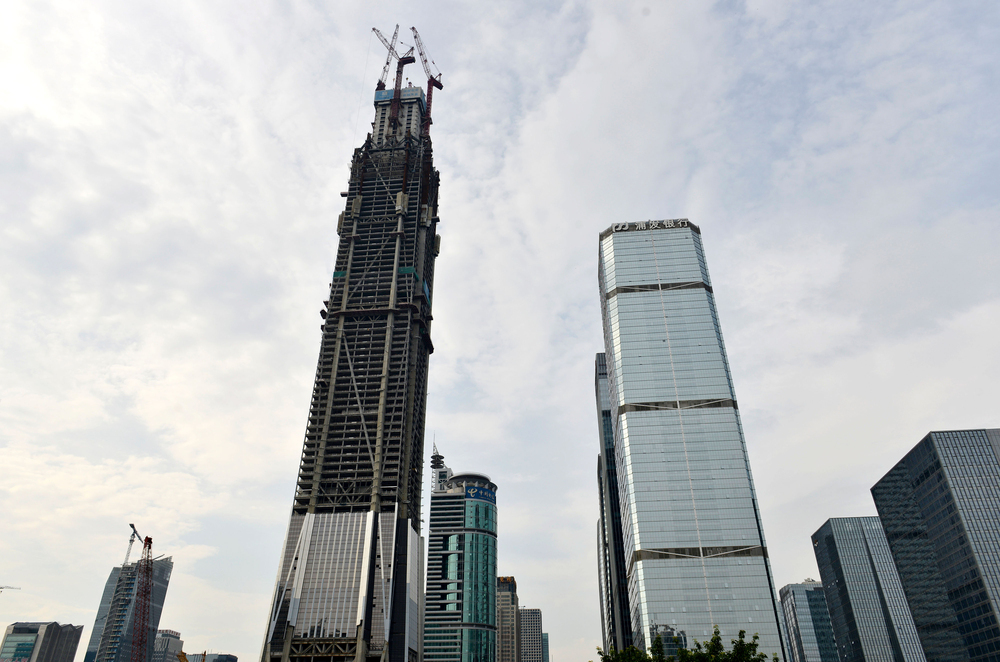
Once a quiet fishing village, Shenzhen transformed into a manufacturing powerhouse and now pivots toward becoming China’s premier technology hub. The city adds approximately 400,000 new residents yearly while constructing dozens of skyscrapers simultaneously.
Its skyline regularly gains new 1,000+ foot towers, while entire technology districts rise where factories once stood. The ongoing Qianhai development alone – a massive business district built partly on reclaimed land – will add living and working space for over 3 million people.
Lagos, Nigeria
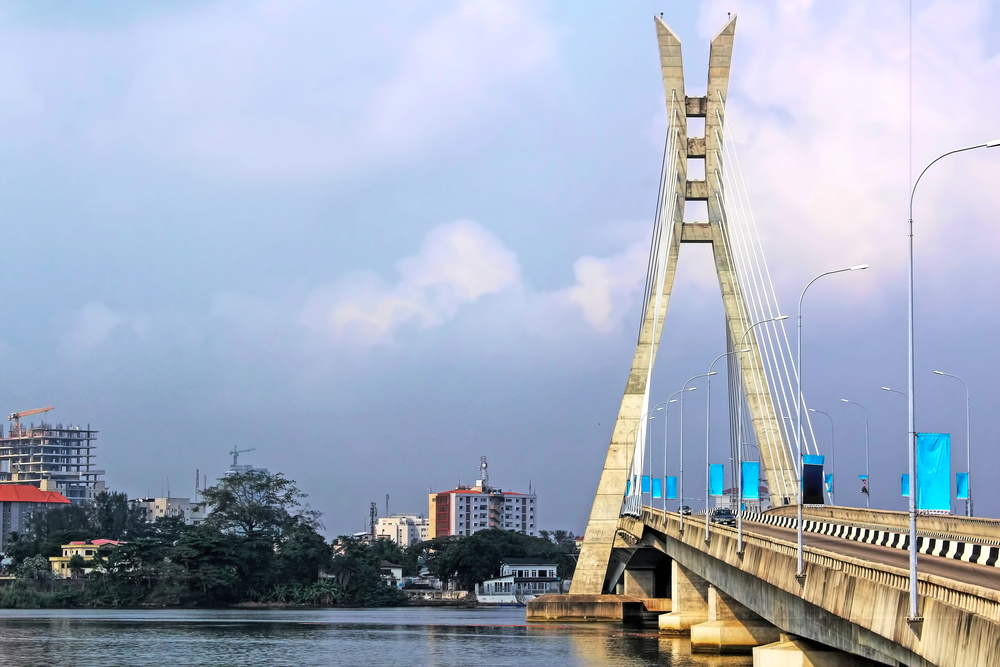
Africa’s largest city grows by nearly 500,000 people annually, creating constant pressure for housing and infrastructure. The ambitious Eko Atlantic project reclaims over 10 square miles from the ocean to create an entirely new district with gleaming towers.
At the same time, informal settlements transform into mid-rise neighborhoods across the city. Lagos also builds multiple mass transit systems simultaneously, including an expanded light rail network and water transportation corridors that will fundamentally alter movement patterns across this sprawling megacity.
Like Travel Pug’s content? Follow us on MSN.
Austin, Texas
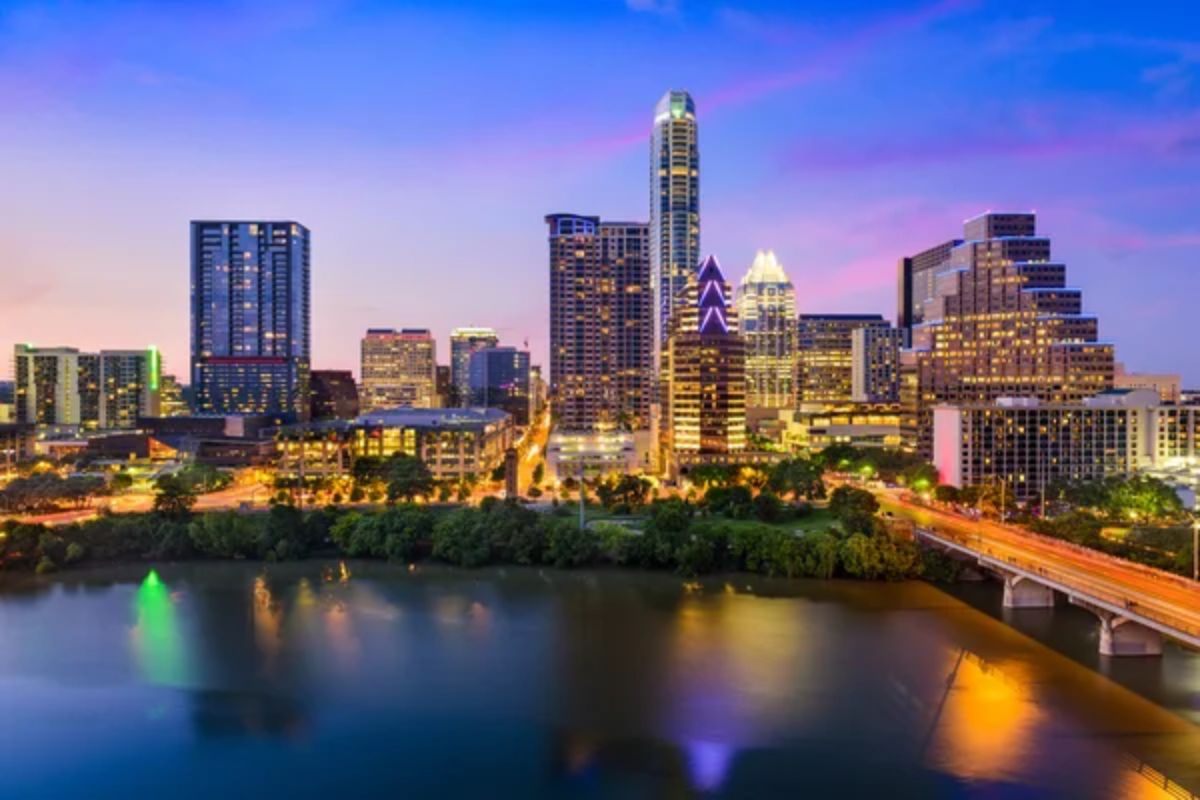
The Texas capital has added over 150,000 residents since 2020 alone, fundamentally transforming from a college town to a tech powerhouse. Downtown’s skyline gains roughly 25 new towers every five years, while former suburbs transform into dense urban districts.
Major projects like the complete redevelopment of the former Highland Mall into a mixed-use community and the River Park development (replacing an outdated industrial complex) will create entirely new neighborhoods. Meanwhile, transit expansion with light rail lines currently under construction will create development corridors branching from downtown.
Ho Chi Minh City, Vietnam
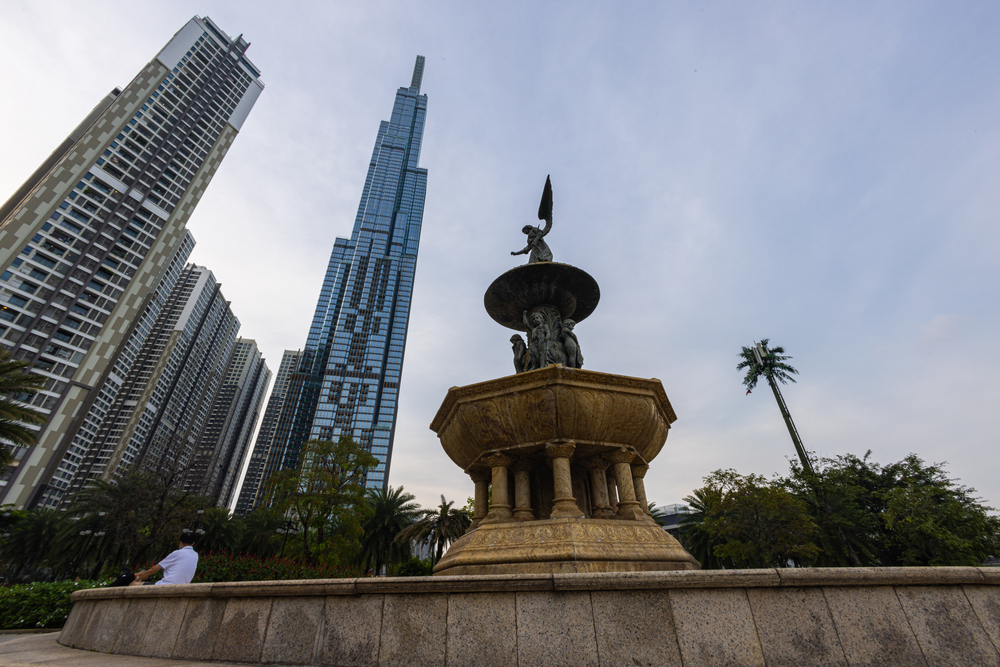
Vietnam’s commercial center adds nearly 200,000 residents yearly while undergoing comprehensive modernization. The Thu Thiem New Urban Area transforms what was once marshland into a gleaming financial district with dozens of skyscrapers currently under construction.
Meanwhile, the city is building its first comprehensive mass transit system with multiple metro lines simultaneously, replacing the famous motorcycle-dominated streets with modern transit corridors. Entire districts of low-rise buildings disappear monthly, replaced by mid-rise developments as land values skyrocket.
Doha, Qatar

Flush with natural gas wealth, Qatar’s capital continues its extraordinary transformation following the 2022 World Cup building boom. Population grows approximately 4-5% annually while construction continues at breakneck pace. Lusail City – effectively an entirely new urban area built from scratch north of traditional Doha – provides housing and commercial space for 450,000 residents and workers.
The West Bay district continues gaining dozens of new skyscrapers yearly. At the same time, massive infrastructure projects like the Sharq Crossing (three interconnected bridges spanning the bay) will reorganize traffic patterns throughout the metropolitan area.
Like Travel Pug’s content? Follow us on MSN.
Nairobi, Kenya
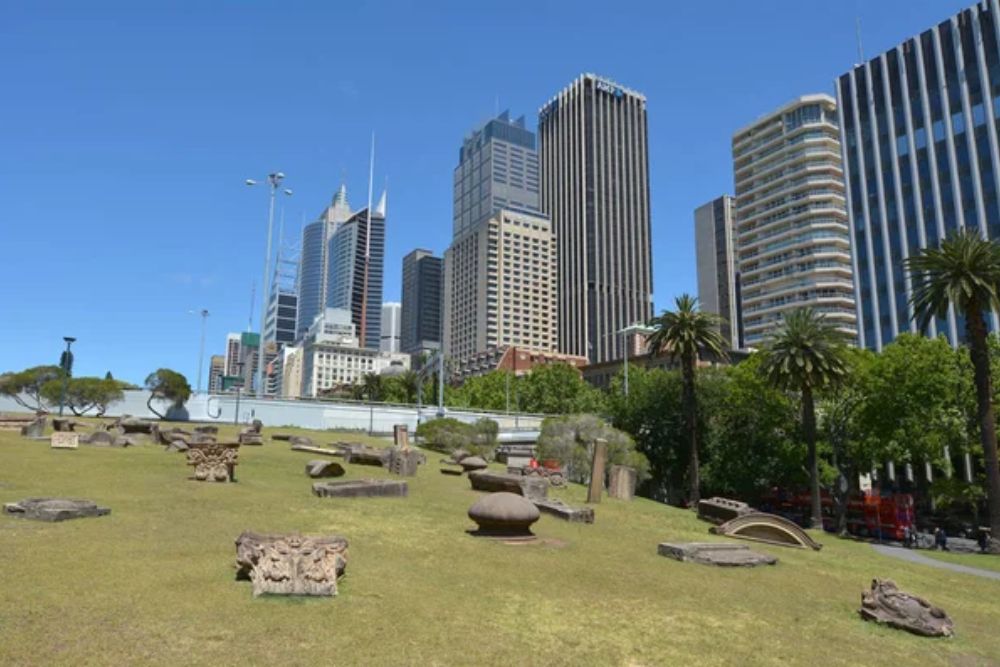
East Africa’s fastest-growing urban center adds roughly 180,000 residents annually while developing ambitious infrastructure unseen elsewhere in the region. The Nairobi Expressway – an elevated highway crossing the city center – recently opened, while construction begins on multiple light rail corridors.
Massive residential developments like Tatu City (a planned community for 150,000 residents) and commercial projects like the Pinnacle Towers transform both city edges and core neighborhoods. The upcoming Railway City project will redevelop 425 acres of central Nairobi, including the largest technology hub in East Africa.
Bengaluru, India
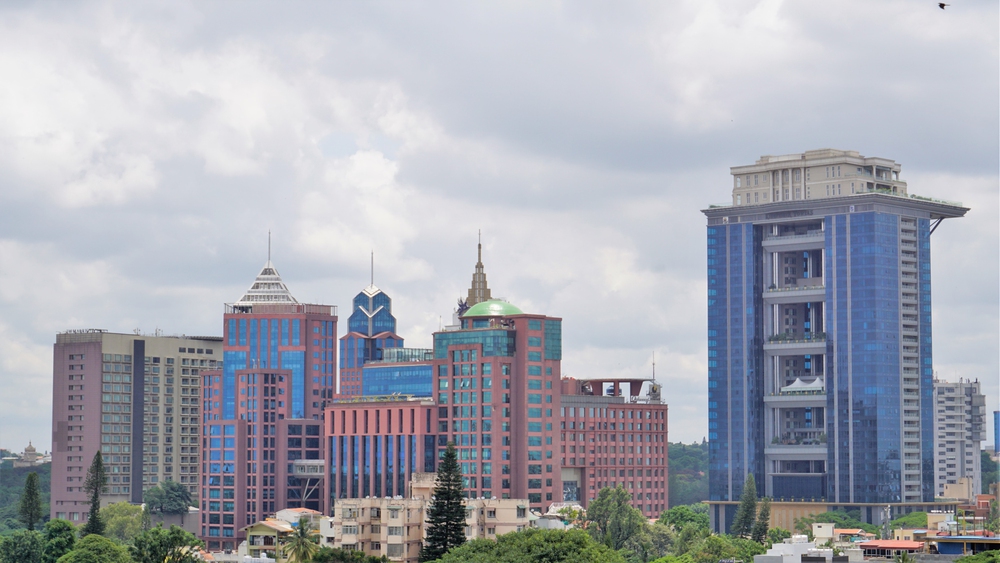
India’s technology capital grows by approximately 300,000 people yearly, stretching infrastructure beyond capacity while constantly reinventing itself. The Peripheral Ring Road – a 73-mile highway encircling the expanded metropolitan area – will trigger development across formerly rural districts.
Meanwhile, five metro lines undergo simultaneous construction, creating new development corridors throughout the region. The upcoming Bangalore Airport City – effectively a new urban district around the expanded international terminal – will include business parks, entertainment districts, and residential neighborhoods across 530 acres.
Riyadh, Saudi Arabia
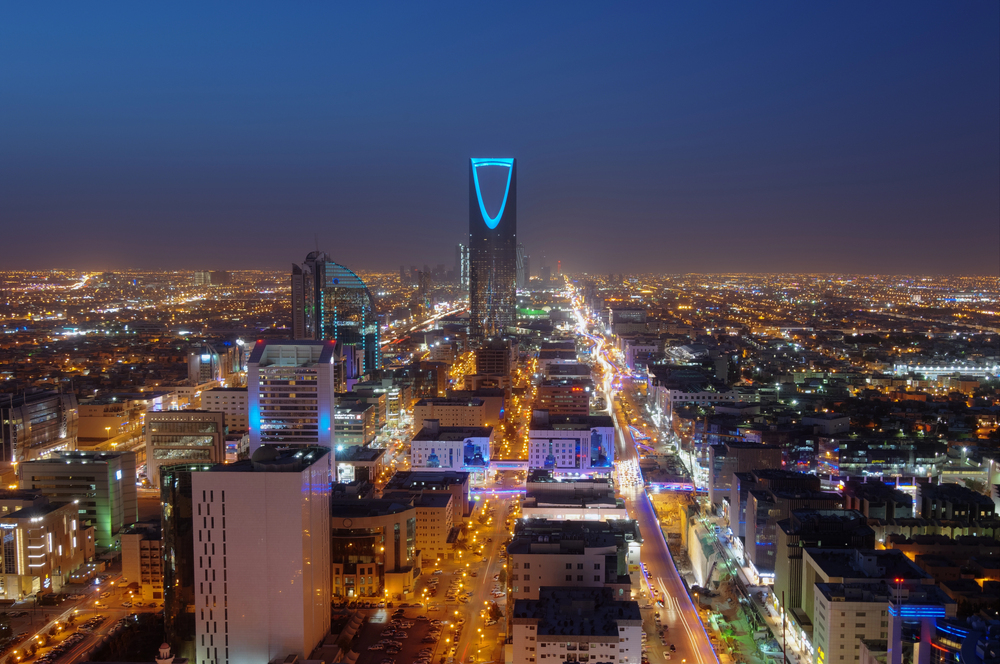
Saudi Arabia’s capital is undergoing the most ambitious government-driven transformation globally, fueled by Crown Prince Mohammed bin Salman’s Vision 2030 initiative. The population increases approximately 3-4% annually, while construction transforms every district.
The King Abdullah Financial District is near completion with dozens of gleaming towers. At the same time, the city simultaneously built the world’s largest public transit system, which had been developed from scratch – six metro lines and numerous tram corridors.
The upcoming King Salman Park – four times larger than New York’s Central Park – will create an enormous green corridor through the urban center.
Like Travel Pug’s content? Follow us on MSN.
Raleigh-Durham, North Carolina
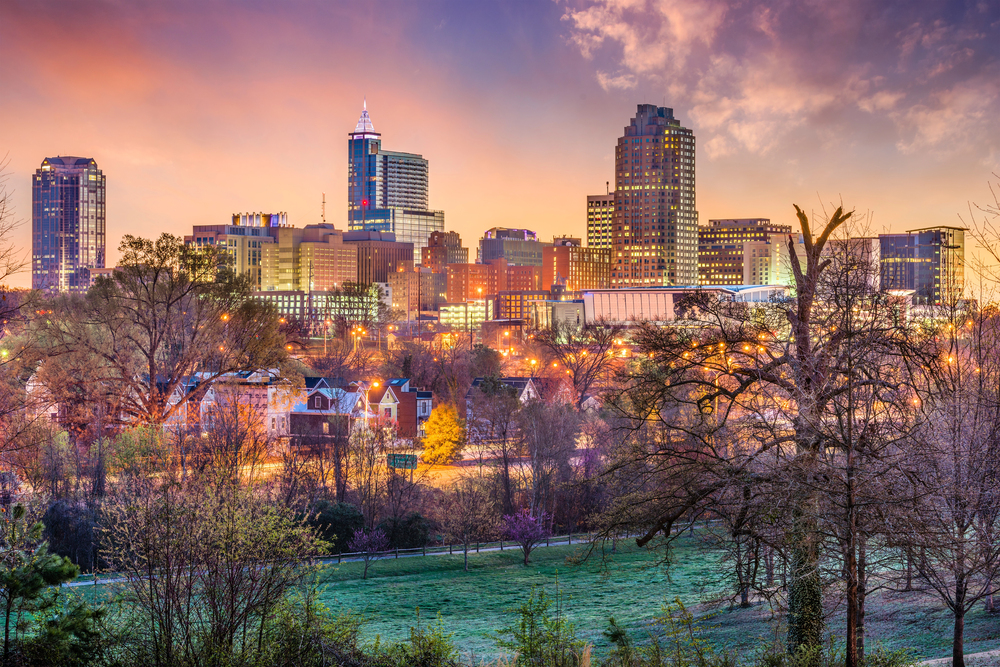
This fast-growing metropolitan area adds nearly 70 new residents daily, transforming from a mid-sized regional center to an emerging technology powerhouse. Downtown Raleigh gains dozens of mid-rise and high-rise buildings yearly, while formerly low-density corridors like Glenwood Avenue transform into urban districts.
Research Triangle Park – historically a suburban office park – undergoes comprehensive redevelopment into a mixed-use district with thousands of housing units and retail spaces. Meanwhile, massive projects like the North Hills Innovation District create entirely new urban centers in formerly suburban areas.
Cancún, Mexico
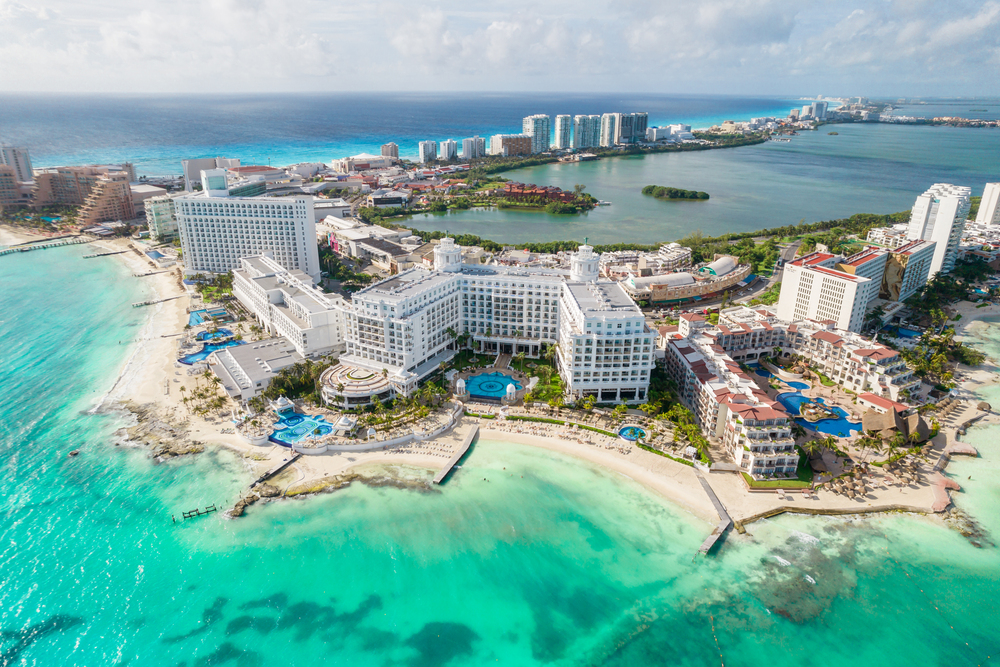
Mexico’s tourism powerhouse expanded beyond its hotel zone to become a genuine metropolitan area, growing approximately 5% annually. The formerly compact city now stretches dozens of miles inland, with developments like Ciudad Mujeres adding housing for 300,000 residents.
Transportation infrastructure expands with new highways and the upcoming Tren Maya rail line connecting to other regional centers. The recently announced expansion plans for Cancún International Airport will accommodate 40 million annual passengers by 2032, nearly doubling capacity and fueling further urbanization across the Yucatán Peninsula.
Gurgaon, India
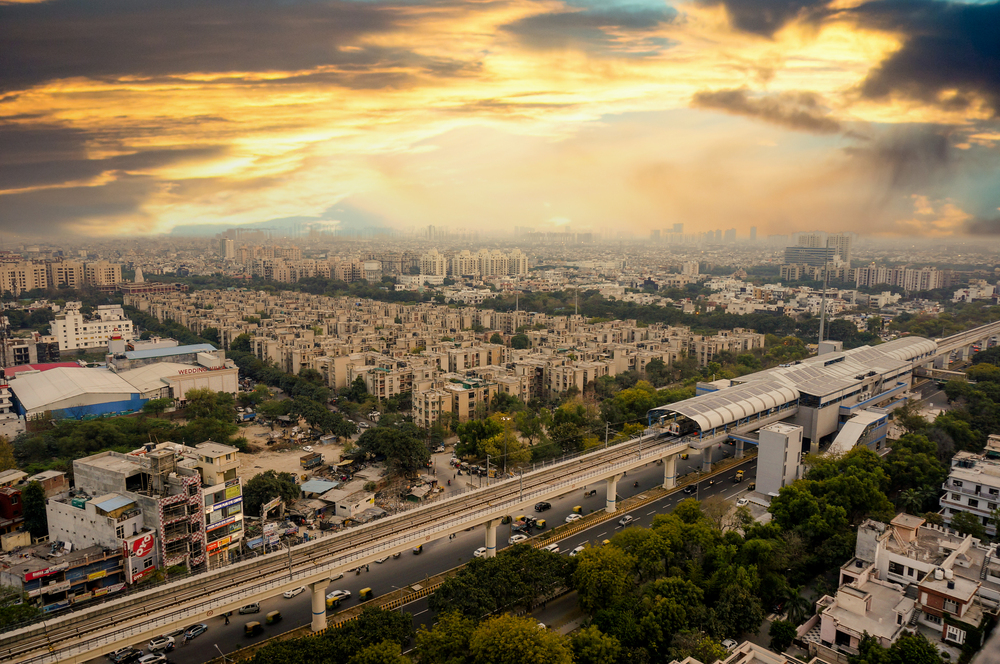
This satellite city of Delhi transformed from a rural countryside to a corporate powerhouse within a generation, growing approximately 6% annually. The Dwarka Expressway is nearing completion, unlocking development across vast new territories with dozens of 40+ story towers already under construction along the corridor.
Golf Course Extension Road transforms into a wall of high-rises. At the same time, the upcoming Delhi-Mumbai Industrial Corridor will connect Gurgaon to a massive development zone stretching across multiple Indian states.
The city also begins construction on its first mass transit system, fundamentally reshaping travel patterns.
Like Travel Pug’s content? Follow us on MSN.
Nashville, Tennessee
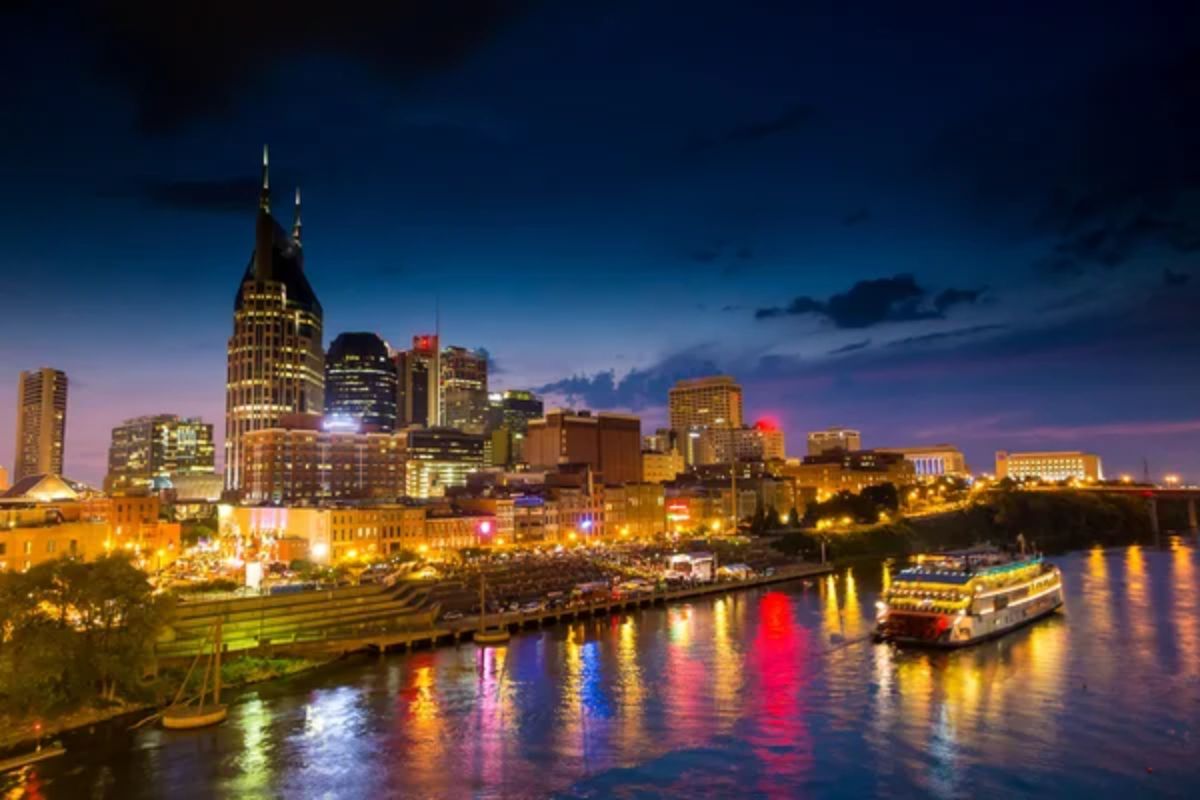
The country’s music capital grows by approximately 100 people daily, transforming from a regional center to a national boomtown. Downtown gains roughly 15-20 new skyscrapers every five years, while former industrial districts like Germantown and The Gulch transform into high-density neighborhoods.
The upcoming River North project will redevelop 125 acres of formerly industrial East Bank waterfront into a mixed-use community, while the massive Century Farms development in southeastern Nashville effectively creates a new urban district.
Transportation corridors expand with projects like the upcoming East Bank Boulevard, fundamentally reconfiguring the riverfront.
Phnom Penh, Cambodia
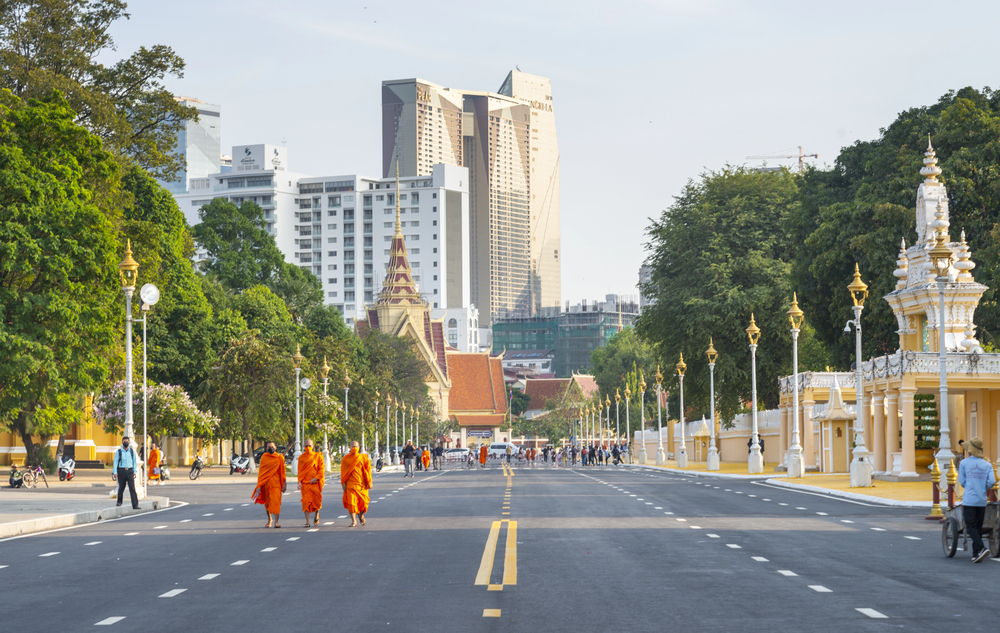
Cambodia’s capital grows approximately 4% annually while replacing colonial-era buildings and informal settlements with modern skyscrapers at astonishing rates. The ING City development – effectively a satellite urban area built on sand-filled marshland – will eventually house over 300,000 residents.
Koh Pich (Diamond Island) transformed from a mudflat to a gleaming high-rise district within a decade, while dozens of 40+ story towers rise throughout central neighborhoods.
The recently completed third ring road unlocks development across vast new territories, while ambitious infrastructure projects like a new international airport currently under construction reshape regional connections.
Boise, Idaho
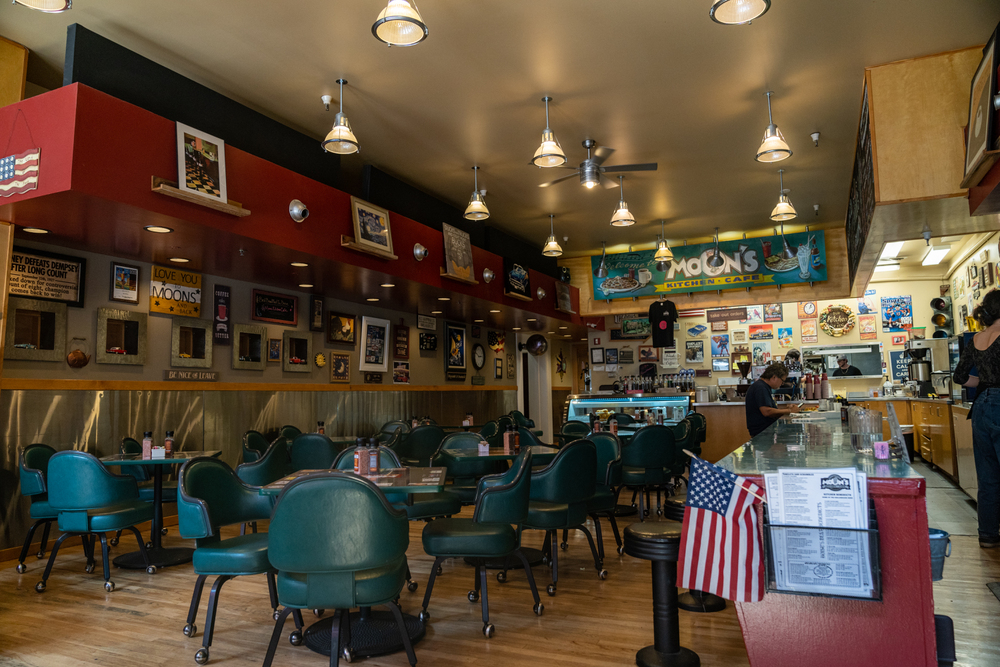
This unlikely boomtown leads American cities in population growth percentage, expanding approximately 3% annually as technology companies and remote workers migrate from more expensive coastal regions. Downtown’s skyline doubles in height and density every decade, while formerly rural areas transform into suburban communities seemingly overnight.
The ambitious Syringa Valley project will add housing for 30,000 residents while the Boise Towne Square corridor transforms from suburban retail into a genuine edge city. Transportation infrastructure struggles to keep pace, with multiple highway expansion projects and an upcoming bus rapid transit corridor reshaping regional movement patterns.
Like Travel Pug’s content? Follow us on MSN.
Dar es Salaam, Tanzania
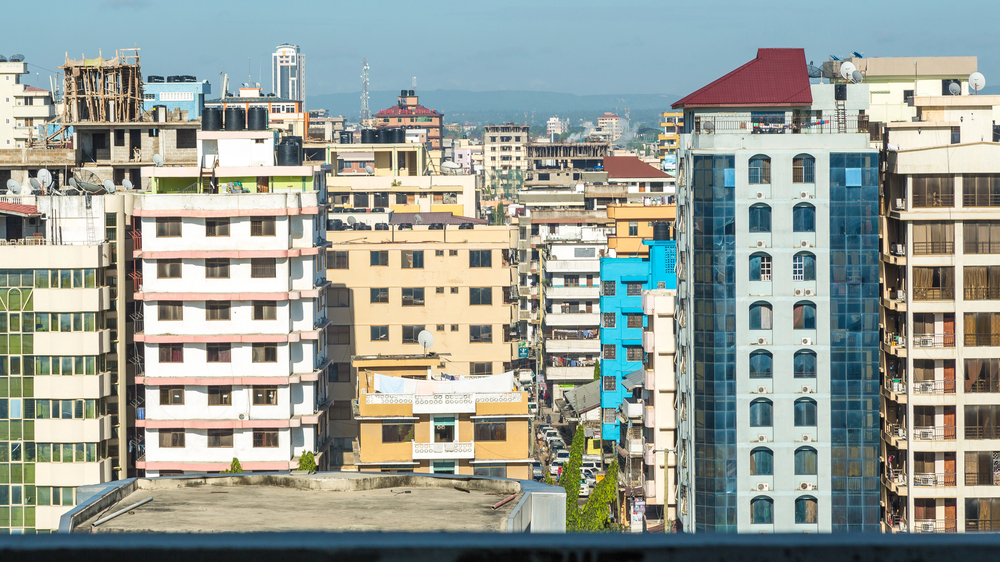
Tanzania’s commercial center grows by over 300,000 people annually through both rural migration and natural population increase, creating one of Africa’s largest urbanization challenges. The Dar es Salaam Bus Rapid Transit system expands with multiple phases under simultaneous construction, fundamentally changing movement patterns across the sprawling city.
The upcoming New Kigamboni City project will house approximately 500,000 residents on land connected to the city center by East Africa’s first cable-stayed bridge. Meanwhile, the central business district was transformed with dozens of new skyscrapers and comprehensive redevelopment of the historic port area.
Addis Ababa, Ethiopia
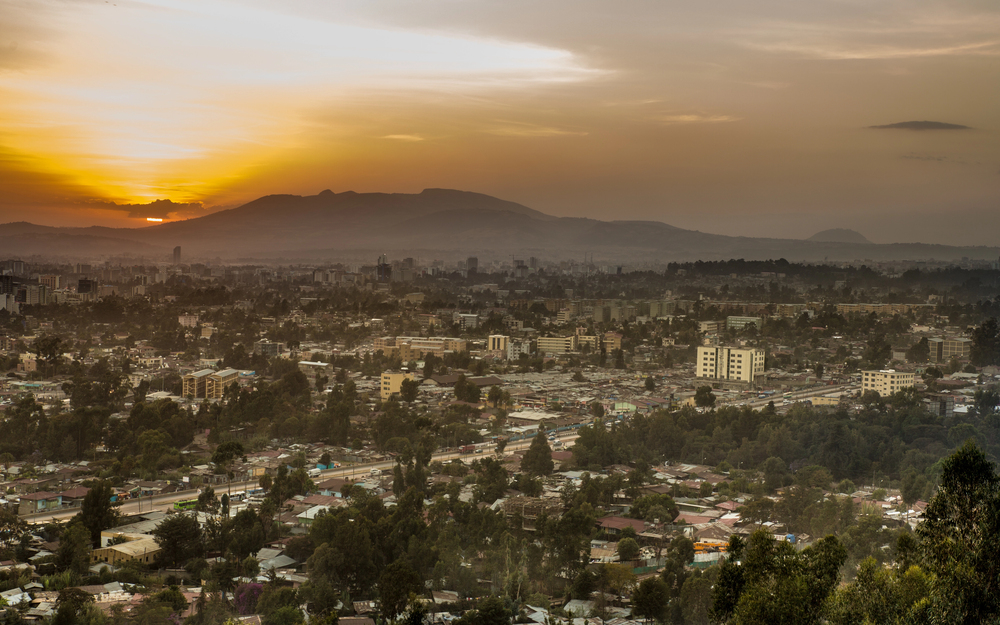
Ethiopia’s capital undergoes Africa’s most comprehensive government-led urban transformation, growing approximately 4% annually while replacing entire districts with modern developments. The Lemi Industrial Park and similar projects around the metropolitan periphery create massive employment centers, while Chinese-financed transportation projects like the Light Rail Transit system and ring road expansion fundamentally alter movement patterns.
La Gare – a $1.8 billion project replacing a historic railway station with a commercial and residential complex – exemplifies the wholesale redevelopment approach transforming the central city.
San Miguel de Allende, Mexico
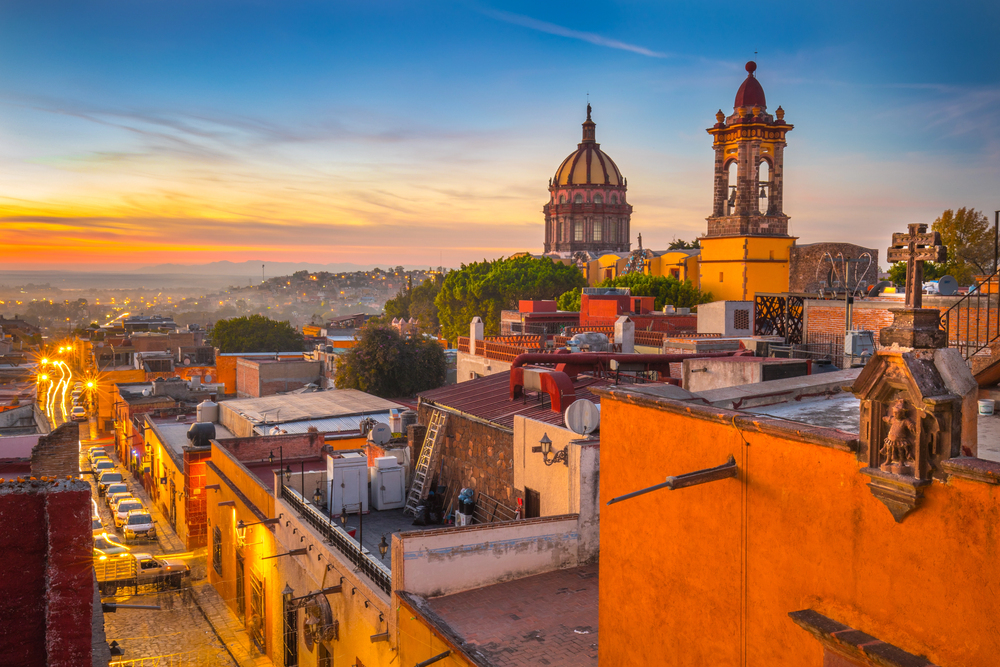
This UNESCO World Heritage town has transformed from a sleepy artists’ community to a booming expatriate haven and tourism hotspot, growing approximately 4% annually. While maintaining strict preservation rules in its historic colonial center, development explodes across surrounding hillsides with luxury communities like Rosewood Residences, fundamentally changing the urban form.
The upcoming expansion of Querétaro International Airport will dramatically increase international visitor access. At the same time, new highway connections to larger metropolitan areas bring weekend residents and further development pressure to previously isolated rural communities surrounding the historic core.
Like Travel Pug’s content? Follow us on MSN.
Kigali, Rwanda
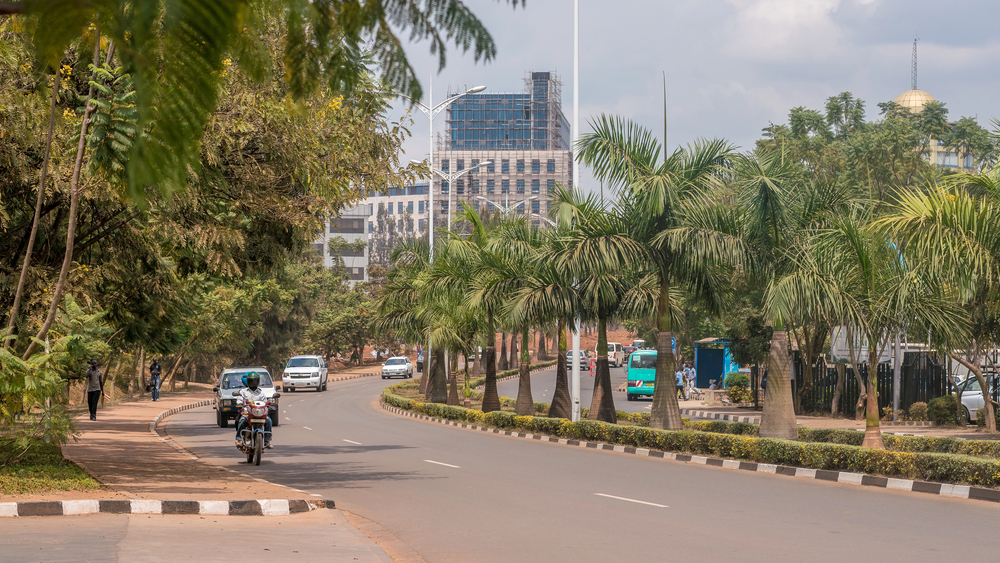
Rwanda’s capital showcases perhaps Africa’s most ambitious master-planned urban transformation, growing approximately c annually while implementing a comprehensive development plan. The Kigali Innovation City creates an entirely new district focused on technology and education, while the downtown transforms with projects like the Kigali Business District, adding dozens of modern buildings.
Transportation infrastructure expands with new highways and dedicated bus lanes, while informal settlements undergo systematic rebuilding into planned neighborhoods – unusual among African cities. The upcoming New Bugesera International Airport will dramatically increase connectivity to this rapidly developing regional hub.
Orlando, Florida

The tourism giant has transformed into a diversified economic powerhouse, growing approximately 3% annually while expanding far beyond its theme park origins. Lake Nona – effectively a new city built around medical and sports innovation campuses – reaches critical mass with thousands of housing units and commercial developments.
Downtown Orlando gains dozens of residential towers and corporate headquarters, while transportation corridors expand with projects like the I-4 Ultimate drastically reshaping regional movement patterns. The upcoming Brightline high-speed rail connection to Miami creates a new development corridor stretching across central Florida.
Tashkent, Uzbekistan

Central Asia’s most populous city undergoes comprehensive modernization following economic liberalization, growing approximately 2% annually while systematically replacing Soviet-era buildings with modern developments. The Tashkent City project transforms the urban core with eight mixed-use districts built simultaneously – one of Central Asia’s largest urban redevelopment projects.
Transportation infrastructure modernizes with Uzbekistan’s first metro line expansion in decades, while the upcoming Tashkent-Samarkand high-speed rail corridor creates a multi-city economic region. Economic reforms attract unprecedented international investment, with dozens of international hotel chains and commercial developers entering the market simultaneously.
Like Travel Pug’s content? Follow us on MSN.
The Urban Tomorrow

These rapidly expanding urban areas offer glimpses into the future of global urbanization – a process reshaping human settlement patterns at unprecedented scales and speeds. While each city faces unique challenges balancing growth with infrastructure, affordability, and preservation concerns, all share the unmistakable energy of places undergoing fundamental transformation.
For residents, these rapid changes create both opportunity and displacement; for visitors, they offer windows into the dynamic forces reshaping our increasingly urban world. What remains certain is that anyone returning to these 20 cities a decade from now will need updated maps – and open minds about what these places have become.
More from Travel Pug

- 20 Destinations That Were Once Thriving but Are Now Quietly Disappearing
- 15 Hidden Spots in Disney World’s Magic Kingdom Most Visitors Miss
- 20 Once-Popular Beach Towns That Are Now Ghostly Empty
- 20 Beautiful US Lakefront Towns Where You Can Live for Under $2000 a Month
- 20 Caribbean Islands That Are Safer Than People Think
Like Travel Pug’s content? Follow us on MSN.
